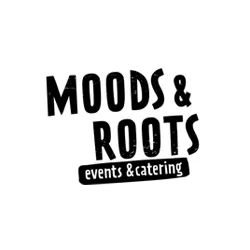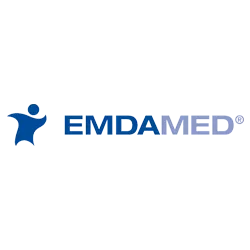Often we get asked if it is possible for small one-man businesses and self-employed persons to obtain the ISO 9001 certificate. The answer is a clear and simple yes! ISO 9001 is pre-eminently a standard in which the complexity of the management system depends on the size of the organisation. As a sole proprietor or self-employed person, there are a few requirements from the standard that only apply to a limited extent and can therefore be quickly arranged.
Requirements ISO 9001 standard
All organisations use the same standard requirements in the field of ISO 9001. However, the standard contains an important provision. For many matters, you as an organisation must decide for yourself to what extent documented information such as procedures is required. Often, it is sufficient for a one-man business to provide proof of ISO 9001 by means of registrations and forms. This means that less needs to be organised and it is mainly a question of doing it. One-man businesses and self-employed people can therefore be ready with the set-up and implementation of ISO 9001 within 3 months (based on a few hours’ work per week). If you use the My ISO Genius software tool you can even be quicker if you want to. It is all up to you.
The benefits of ISO 9001 for one-man businesses and self-employed workers
Setting up the management system properly does not only have the advantage that you can easily certify and thereby demonstrate that you are giving sufficient thought to quality assurance within your organisation. The management system also helps you to reflect annually on your company, for example by performing a SWOT Analysis, thinking about the risks in your organisation and setting objectives for the new year. Especially if your goal is to grow, ISO 9001 can make a good contribution to structure this.
The 6 biggest pitfalls implementing ISO 9001 for one-man businesses
There are a number of pitfalls when implementing ISO 9001 which can lead to deviations during the external audit or to the certificate not being obtained. The 6 biggest pitfalls are explained here.
1. No demonstrability through documented information
The standard requires demonstrable implementation in various parts of the standard by means of documented information. Even if this documented information is not directly necessary and you can explain it verbally, it is mandatory to control this documented information. So pay attention that you have all the mandatory documented information present.
2. Work method agreed upon is not complied with
Often in process descriptions activities are laid out in detail. However, in practice you are always doing things more efficiently or adjusting the processes quickly, without paying attention to the described process. That is why it is important to record as few details as possible in the management system. As a sole trader or self-employed person, it is sufficient to describe the executive processes with short formats, so that you do not tie yourself down too much to certain rules.
3. Communication section not filled out
Communication often refers to internal communication. As a self-employed person or a one-man business, this is obviously not or hardly present. However, there is always external communication. You should also mention this form of communication in order to give substance to this paragraph.
4. Limited use of version management
Not only during the set-up of your management system, but also for matters relating to your work, you sometimes create new documents with a different format, without any form of version management. For the ISO 9001 standard, it is important that version management is applied in a structured way. This can be done by working with fixed formats in which the version number is adjusted by default when a document is changed.
5. No independent internal audit
An internal audit of the management system must be performed annually. One of the requirements is that this is done independently, i.e. that you do not perform an internal audit on your own work. You therefore need the support of someone else. You can hire an external party to do the final check, or have it done by a colleague or relation. As long as you are not the one who did the internal audit.
6. Do not make things up
As a one-man business or self-employed person, you probably will receive few or no complaints. Therefore it is possible that no complaints or anomalies are found in a year. That is realistic! You are not obliged to record complaints or abnormalities even if they have not occurred. Stay realistic and only register what has actually happened!
ISO 9001 for one-man businesses; where do you as an owner start
Our advice is always set up a short manual describing how the requirements of the standard are met, even if it is not compulsory. This does not have to be extensive; a lot can be described in a few sentences or paragraphs. By ensuring that all parts in which the standard requires documentation (almost always registrations of the implementation) are set up, you are already a long way off. Want to know more about the concrete requirements? Download our ISO 9001 checklist. And you might want to consider the My ISO Genius software tool. It is the ideal tool for small one-man businesses because it contains the necessary formats and examples for all required documentation and it guides you through every step necessary to obtain your ISO certification.






